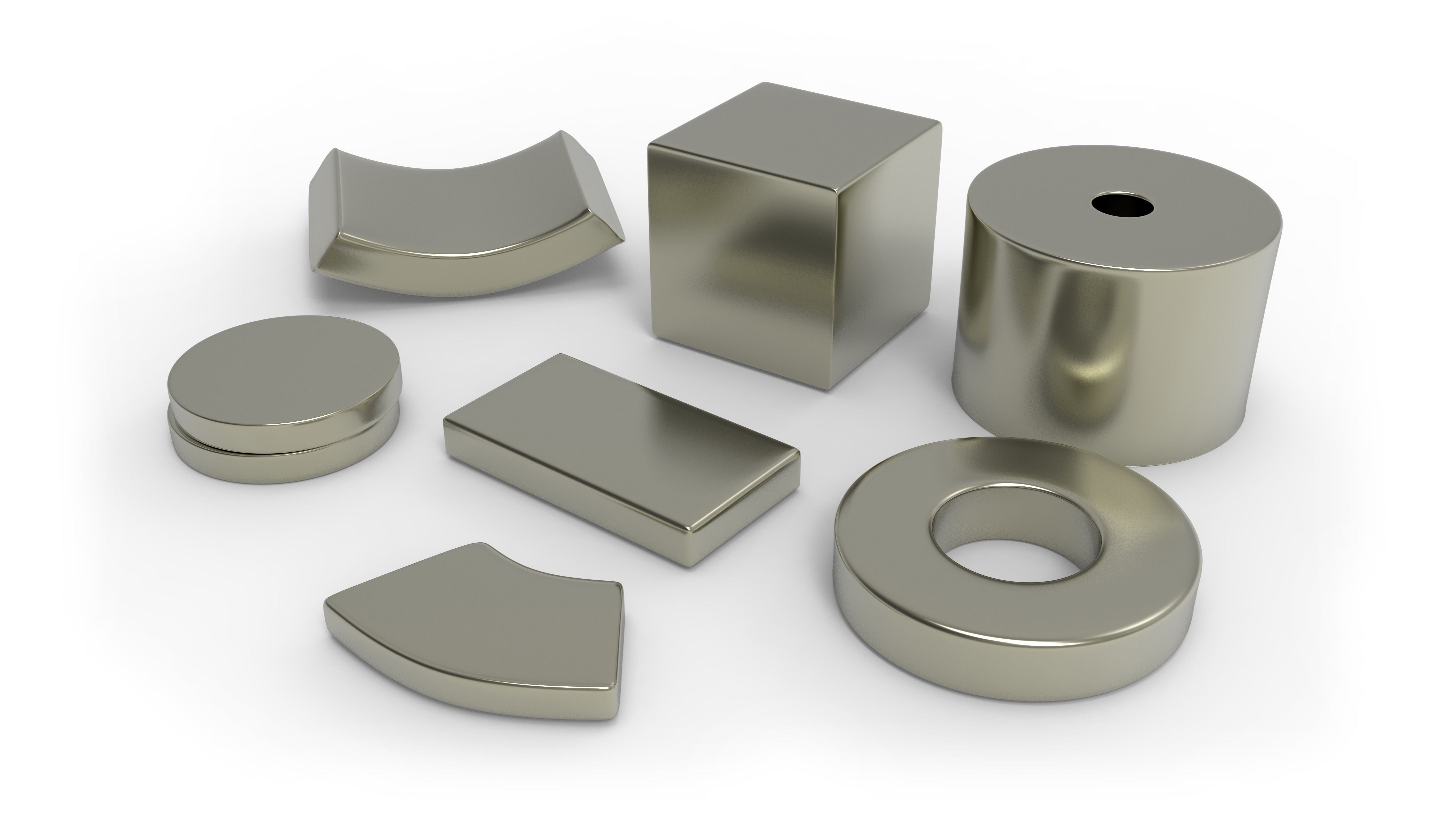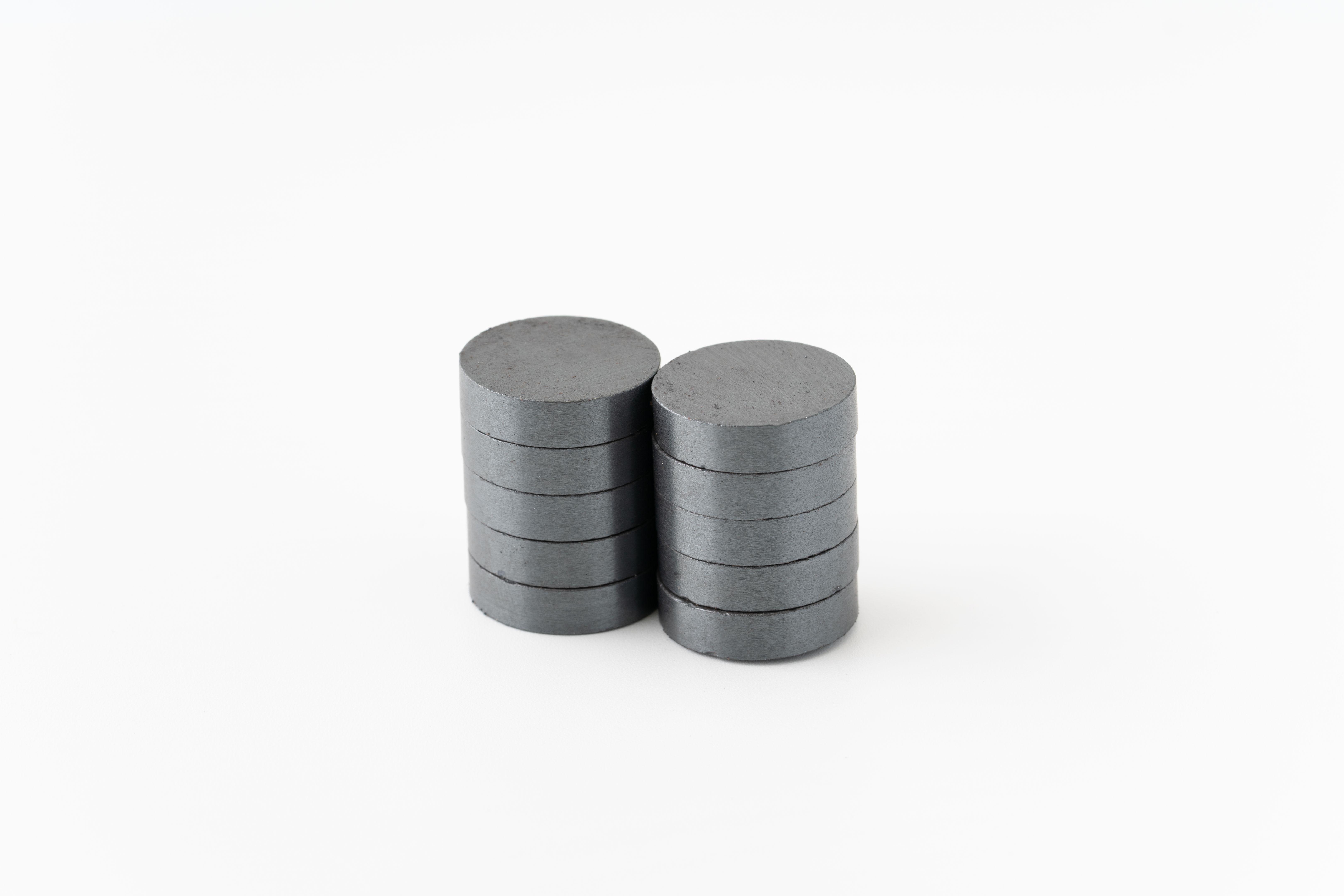Key Factors to Consider in Drill Magnets
RR
Introduction to Drill Magnets
Drill magnets are crucial components in various industrial and construction applications. They ensure that drilling processes are effective and efficient by securing drill bits and other materials in place. Selecting the right drill magnet can significantly impact the success of a project, making it essential to understand the key factors involved in choosing them.

Strength and Holding Capacity
The strength of a drill magnet is one of the most important factors to consider. The holding capacity must align with the weight and size of the materials you plan to work with. It's crucial to select a magnet with an appropriate pulling force to ensure stability and safety during operations. Underestimating the required strength can lead to operational failures.
Material and Coating
The material and coating of a drill magnet affect its durability and performance. Most high-quality drill magnets are made from neodymium, known for its exceptional strength-to-size ratio. Additionally, coatings like nickel, zinc, or epoxy provide extra protection against corrosion and wear, enhancing the longevity of the magnet.

Temperature Resistance
Drill magnets must withstand varying temperatures depending on their application environment. High temperatures can demagnetize certain magnets, leading to decreased effectiveness. When selecting a drill magnet, consider its maximum operating temperature to ensure it meets the demands of your specific application.
Size and Shape
The size and shape of the magnet should be tailored to the specific requirements of your project. Different shapes, such as disc, ring, or block magnets, offer varying levels of magnetic field distribution. The choice of shape can affect how the magnet interacts with the materials, influencing both precision and efficiency.

Compatibility with Equipment
Ensuring that the drill magnet is compatible with your equipment is crucial for seamless operation. This includes checking the dimensions and specifications of both the magnet and your tools. Incompatibility can cause installation issues or reduce the effectiveness of the magnetic hold.
Cost-effectiveness
While it's tempting to choose the least expensive option, it's essential to balance cost with quality. Investing in a higher-quality drill magnet may entail higher upfront costs but can save money in the long run by reducing maintenance needs and enhancing operational efficiency.
Conclusion
In summary, selecting the right drill magnet involves careful consideration of several factors, including strength, material, temperature resistance, size, compatibility, and cost. By evaluating these aspects, you can ensure that your choice will enhance productivity and ensure safety in your drilling operations.